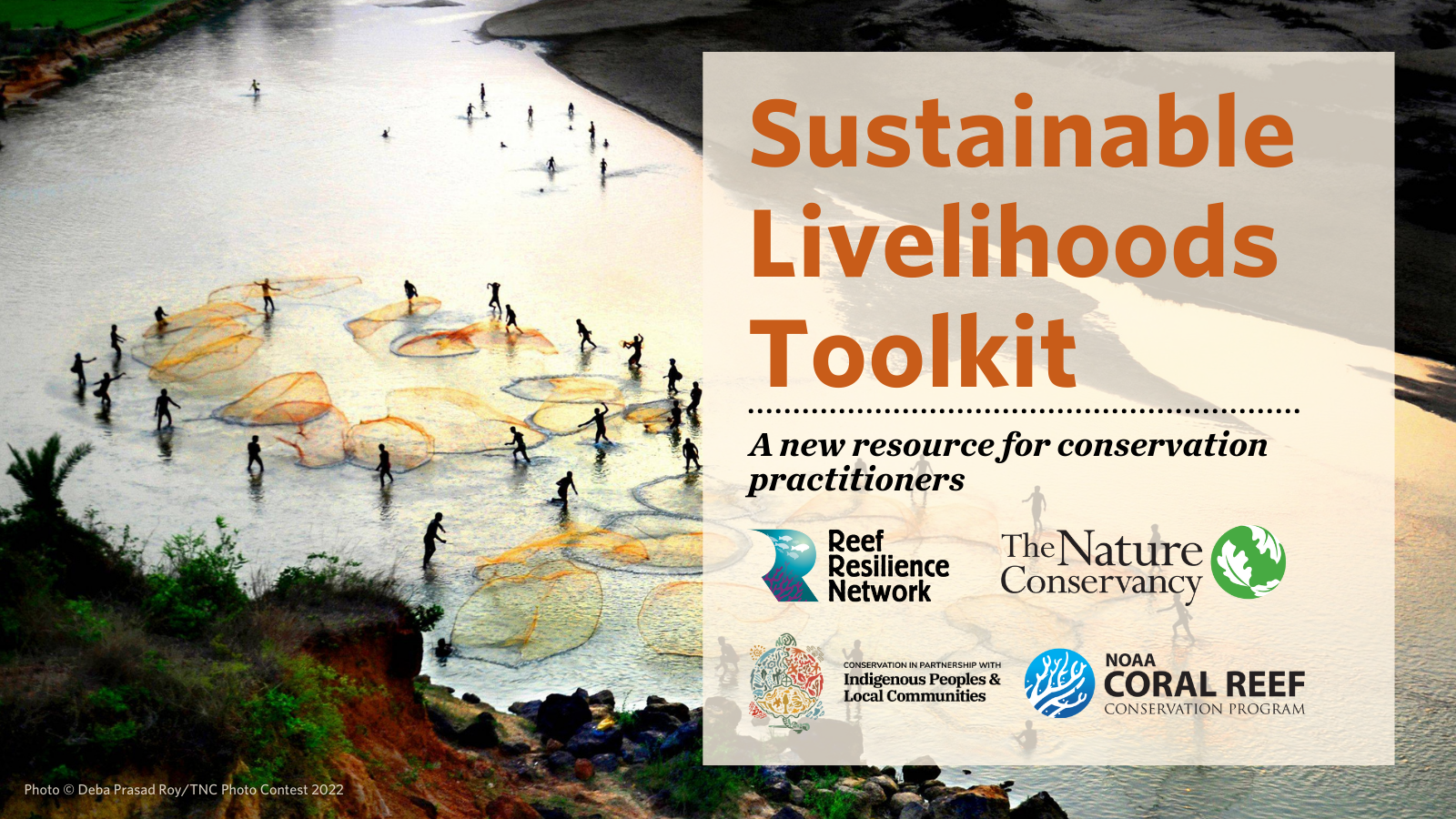This study looked at artificial sweeteners as a novel indicator of sewage pollution. These synthetic substances are persistent in the environment and do not change form during wastewater treatment. Artificial sweeteners can be detected in significant concentrations in wastewater treatment plants (WWTP) effluent and are gaining attention as specific indicators and tracers of human sewage. These emerging contaminants are often detected in ground and surface waters downstream of their use and discharge; some have been found in groundwater 15 years later. Little is understood about the potential implications of these compounds in the marine environment. One study of the artificial sweetener sucralose in Florida did not yield any evidence of adverse impacts on marine biodiversity. Longer-term implications remain unknown, but the findings of this study indicate a need for more research. The occurrence and fate of artificial sweeteners in coastal areas near WWTP outfalls was explored by this study. Using liquid chromatography and mass spectrometry (UPLC-QQ-MS/MS) to identify specific compounds in seawater samples, the paper found that two of five artificial sweeteners studied were found in coastal waters. This shows that they are not effectively removed during wastewater treatment and remain in the marine environment after discharge. These sweeteners can accumulate in coastal waters and are suitable for use as tracers or indicators of sewage pollution in the ocean. Practitioners may use this study to inform measurement of these compounds, but more information is still needed of the impacts of these chemicals on marine organisms.
Authors: Baena-Nogueras, R.M., J.M. Traverso-Soto, M. Biel-Maeso, E. Villar-Navarro, and P.A. Lara-Martín
Year: 2018
View Full Article
Marine Pollution Bulletin 135: 607-616. doi:10.1016/j.marpolbul.2018.07.069


